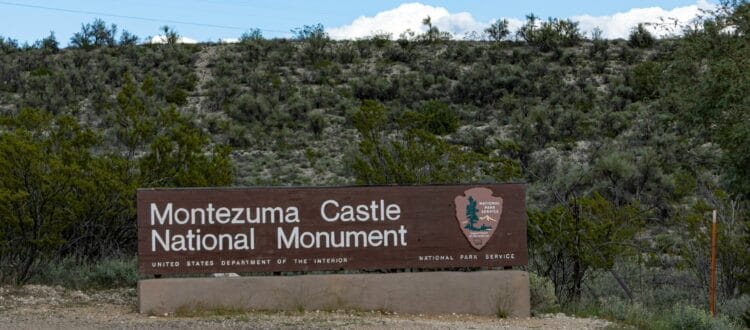Sandblasted redwood signs are a popular choice for businesses and homeowners looking to make a bold statement. The sandblasting technique creates a beautifully textured and dimensional sign that is not only visually appealing, but also highly durable.
The natural beauty of the wood is enhanced by the sandblasting process, resulting in a sign that stands out and withstands the test of time. Whether used for a business or organization sign, address plaque, or personalized name sign, they offer a unique and eye-catching option for any space.
What are Sandblasted Redwood Signs?
Sandblasted redwood signs are custom-made signs that are created using a sandblasting technique on redwood. The process involves using a high-pressure stream of sand to carve intricate designs, patterns, or text onto the surface of the redwood. This technique gives the signs a unique and textured appearance, creating depth and dimension. These signs are popular for their durability and natural resistance to decay and insect damage, making them an excellent choice for outdoor signage. They offer a visually striking and eye-catching aesthetic that can be customized to suit the specific needs and preferences of businesses, homeowners, or individuals.
Why Choose Redwood for Sandblasted Signs?
1. Natural Beauty: Redwood is known for its natural beauty and distinct grain patterns, making it an aesthetically pleasing choice for sandblasted signs. The rich tones of redwood add warmth and character to any design, enhancing the overall visual appeal of the sign.
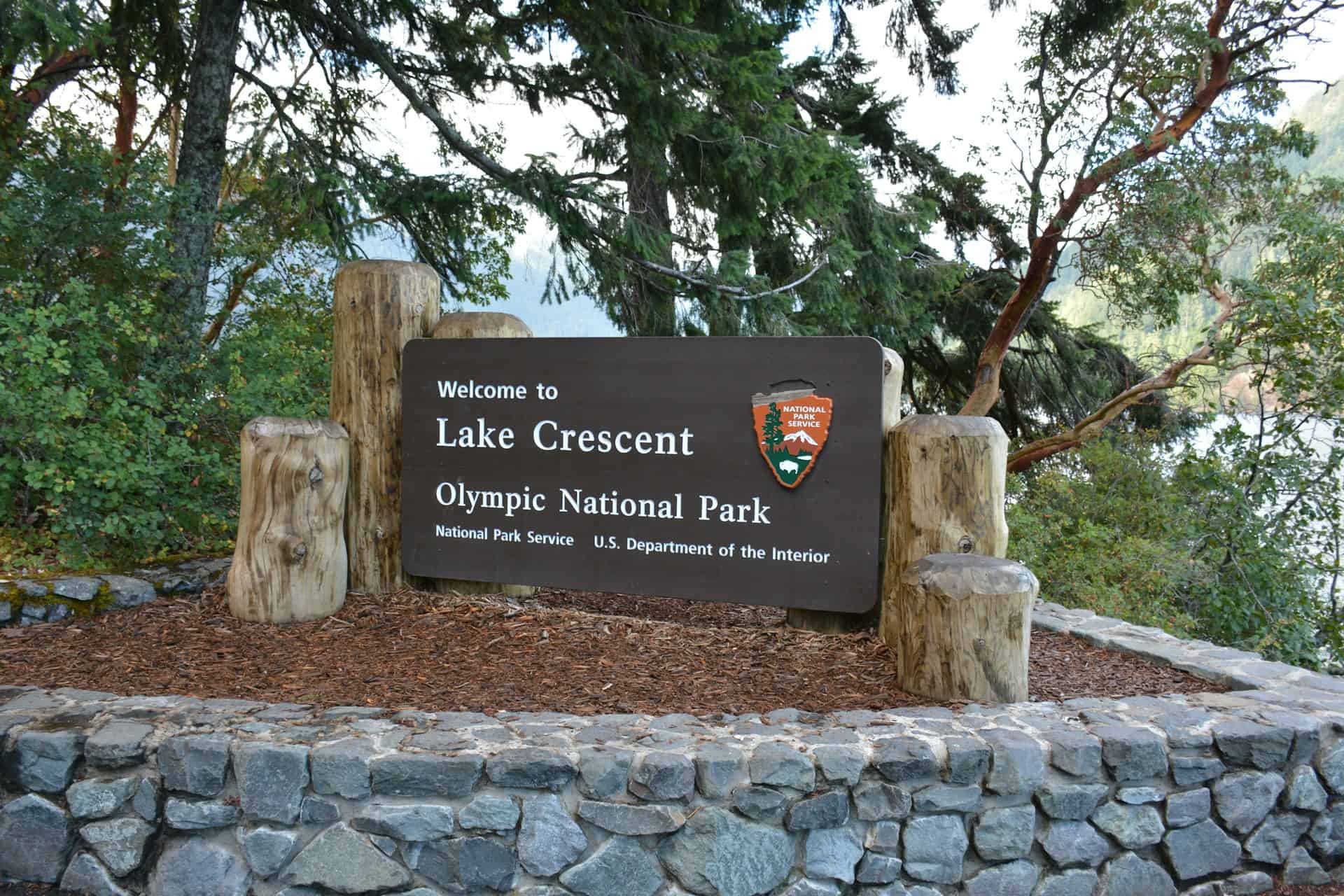 2. Durability: Redwood is highly durable and has natural resistance to decay, rot, and insect damage. This makes it an ideal material for outdoor signs that are exposed to various weather conditions. Redwood signs can withstand years of exposure to sun, rain, wind, and other elements without compromising their quality or longevity.
2. Durability: Redwood is highly durable and has natural resistance to decay, rot, and insect damage. This makes it an ideal material for outdoor signs that are exposed to various weather conditions. Redwood signs can withstand years of exposure to sun, rain, wind, and other elements without compromising their quality or longevity.
3. Versatility: Redwood is a versatile material that can be easily shaped and carved. It is suitable for creating intricate designs and detailed text, making sandblasted redwood signs highly customizable. From logos and graphics to intricate patterns and text, redwood can be shaped and carved to bring any vision to life.
4. Sustainability: Redwood is considered a sustainable choice for sandblasted signs because it is a renewable resource. The redwood tree can regrow from its stump after being harvested, making it an environmentally friendly option. Choosing redwood for sandblasted signs helps to reduce the demand for other less sustainable materials.
5. Easy Maintenance: Redwood signs require minimal maintenance. They can be left untreated to develop a natural weathered patina over time, further enhancing their charm. However, if desired, redwood signs can be sealed or stained to preserve their original color and protect them from the elements. The low maintenance requirements make redwood signs a practical and convenient choice for businesses and homeowners alike.
The natural beauty, durability, versatility, sustainability, and easy maintenance of redwood make it an excellent choice for sandblasted signs. Redwood signs not only make a bold statement but also stand the test of time, making them a worthwhile investment for any space.
Common Uses of Sandblasted Redwood Signs
1. Business Signs: They are commonly used as church, resort, golf course, or business signs. They offer a professional and eye-catching representation of a company’s logo, name, and other branding elements. The dimensional and textured appearance of these signs help businesses stand out and create a lasting impression on potential customers.
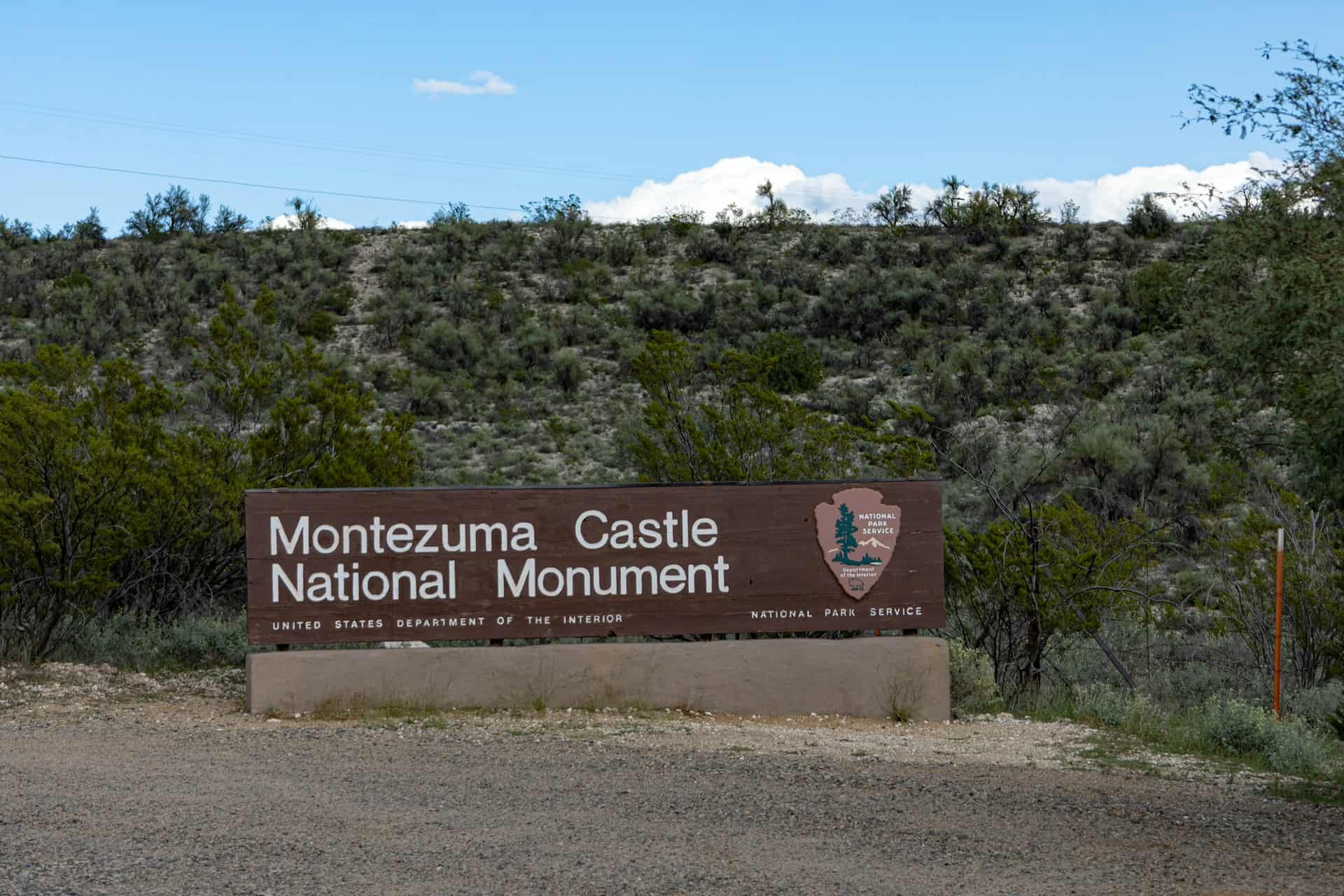 2. Address Plaques: They can also be used as address plaques for homes or businesses. These signs not only provide a clear indication of the address but also add a touch of elegance and personalization to the property. Address plaques made from redwood are durable and can withstand outdoor weather conditions.
2. Address Plaques: They can also be used as address plaques for homes or businesses. These signs not only provide a clear indication of the address but also add a touch of elegance and personalization to the property. Address plaques made from redwood are durable and can withstand outdoor weather conditions.
3. Wayfinding Signs: They can be used as wayfinding signs to guide visitors or customers within a particular area. These signs can be customized with directional arrows, text, or symbols to provide clear navigation and improve the overall user experience.
4. Personalized Name Signs: They can be customized with names or family crests, making them an ideal choice for personalized name signs. These signs can be used in residential settings, such as near the entrance of a home or on a gate, to add a unique and personal touch.
5. Point of Interest Signs: They can be used to highlight points of interest in parks, gardens, or community spaces. These signs can display information about landmarks, historical sites, or natural features, providing educational and informative content to visitors.
They have a wide range of uses, including business signs, address plaques, wayfinding signs, personalized name signs, point of interest signs, and more. Their versatility and durability make them suitable for a variety of applications in both commercial and residential settings.
How to Decide Between Sandblasted Redwood Versus HDU Signs?
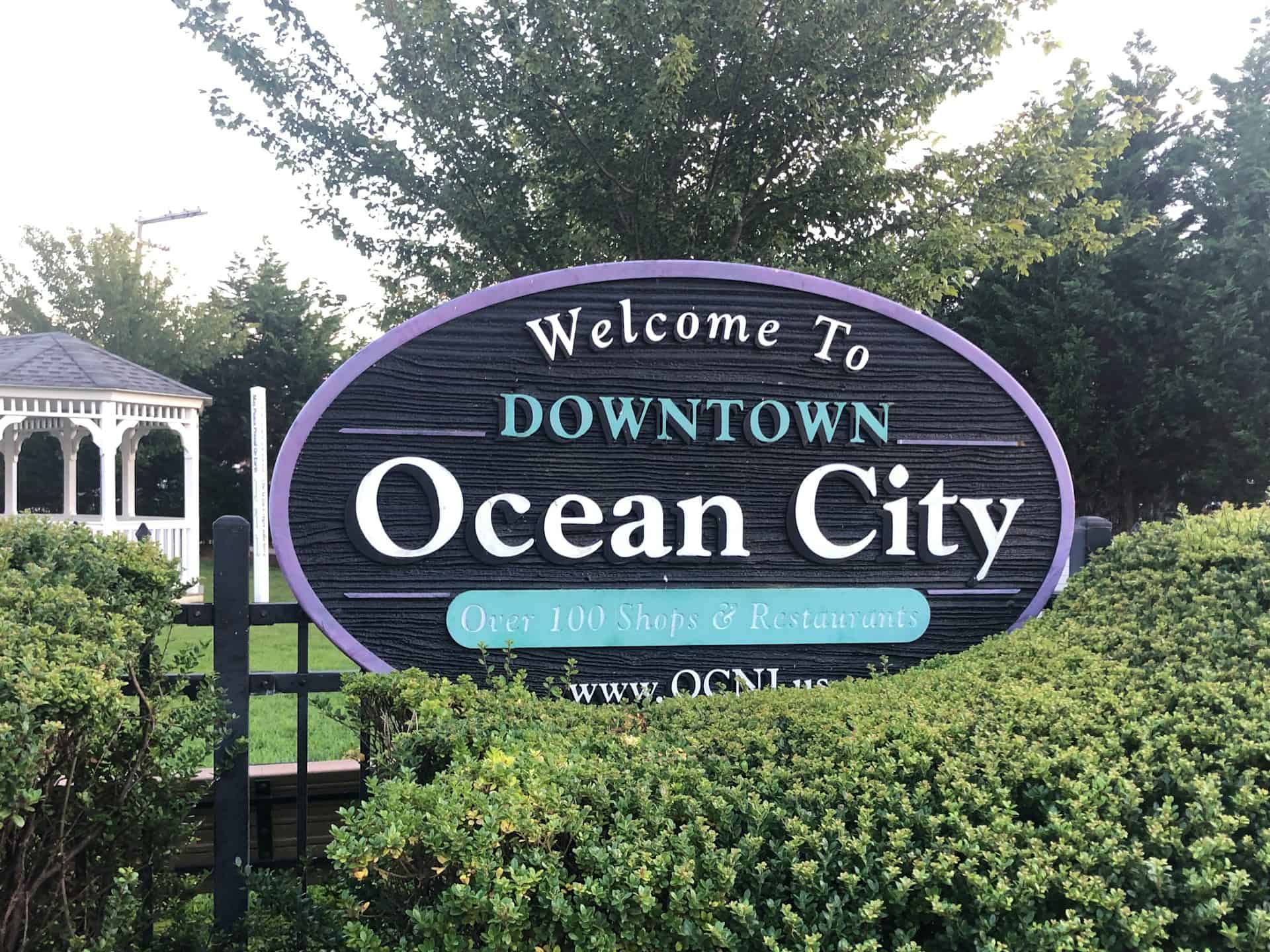 When deciding between sandblasted redwood and HDU (high-density urethane) signs, there are a few factors to consider. First, consider the desired aesthetic. Sandblasted redwood signs have a natural and rustic appearance with their rich tones and unique grain patterns, while HDU signs offer a clean and smooth finish that can be easily painted or textured.
When deciding between sandblasted redwood and HDU (high-density urethane) signs, there are a few factors to consider. First, consider the desired aesthetic. Sandblasted redwood signs have a natural and rustic appearance with their rich tones and unique grain patterns, while HDU signs offer a clean and smooth finish that can be easily painted or textured.
Next, think about durability. Redwood is known for its natural resistance to decay and insect damage, making it a durable choice for outdoor signage. HDU signs, on the other hand, are weather-resistant and less prone to cracking or warping. Consider the intended location of the sign and the climatic conditions it will be exposed to.
Cost is another factor to consider. Sandblasted redwood signs tend to be more expensive due to the cost of the wood. HDU signs are generally more affordable. The decision should be based on personal preferences, the desired durability, aesthetics, and budget.
How to Care for Your Sandblasted Redwood Sign?
1. Regular cleaning: Clean the sign regularly with a soft, dry cloth to remove any dirt or debris that may have accumulated on the surface. If necessary, you can use a gentle cleaner, such as a mild soap and water solution, to clean the sign.
2. Avoid harsh chemicals: Avoid using harsh chemicals such as bleach or heavy-duty cleaners, as these can damage the redwood surface and compromise the integrity of the sign.
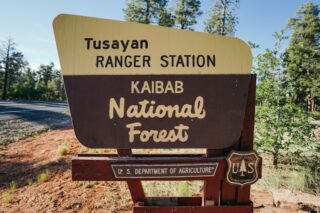 3. Seal or stain the sign: To protect the sign from weather and UV damage, you can apply a protective sealant or stain to the wood surface. This also helps to preserve the natural beauty of the redwood and extend its life.
3. Seal or stain the sign: To protect the sign from weather and UV damage, you can apply a protective sealant or stain to the wood surface. This also helps to preserve the natural beauty of the redwood and extend its life.
4. Avoid direct sunlight: Exposure to direct sunlight can cause the color of the redwood to fade over time. Whenever possible, try to position the sign in a shaded area or use it indoors to prolong its color and vibrancy.
5. Address damage promptly: If the sign suffers any damage such as cracks, dents, or scratches, address it promptly. Repair any damage as necessary to maintain the sign’s appearance and integrity.
6. Inspect periodically: Periodically inspect the sign for any damage, cracks or other signs of wear and tear. Regular maintenance and inspection can help to catch any issues early and prevent further damage.
How Durable are Sandblasted Redwood Signs?
They are known for their durability. Redwood is a naturally durable wood that is resistant to decay, rot, and insect damage. When properly maintained, sandblasted redwood signs can withstand various weather conditions, including rain, snow, and sunlight. The sandblasting process used to create these signs provides a textured surface that enhances their durability and makes them less prone to scratching or fading.
In addition, redwood has a high level of dimensional stability, which means it is less likely to warp or swell when exposed to moisture. With regular cleaning and maintenance, they can maintain their structural integrity and visual appeal for many years, making them a long-lasting and reliable choice for outdoor signage.
Conclusion
Sandblasted redwood signs are a popular choice for those seeking durability, beauty, and a natural rustic appeal. The use of redwood, a naturally resistant and durable wood, ensures that these signs can withstand various weather conditions and maintain their structural integrity over time. The sandblasting process adds areas of texture that enhances their durability, making them less prone to scratching or fading. Whether used for commercial signage, residential address plaques, or other applications, they offer a timeless aesthetic and a reliable option for outdoor signage needs. CLICK HERE for custom-made sandblasted redwood signage.
Popular Posts:

